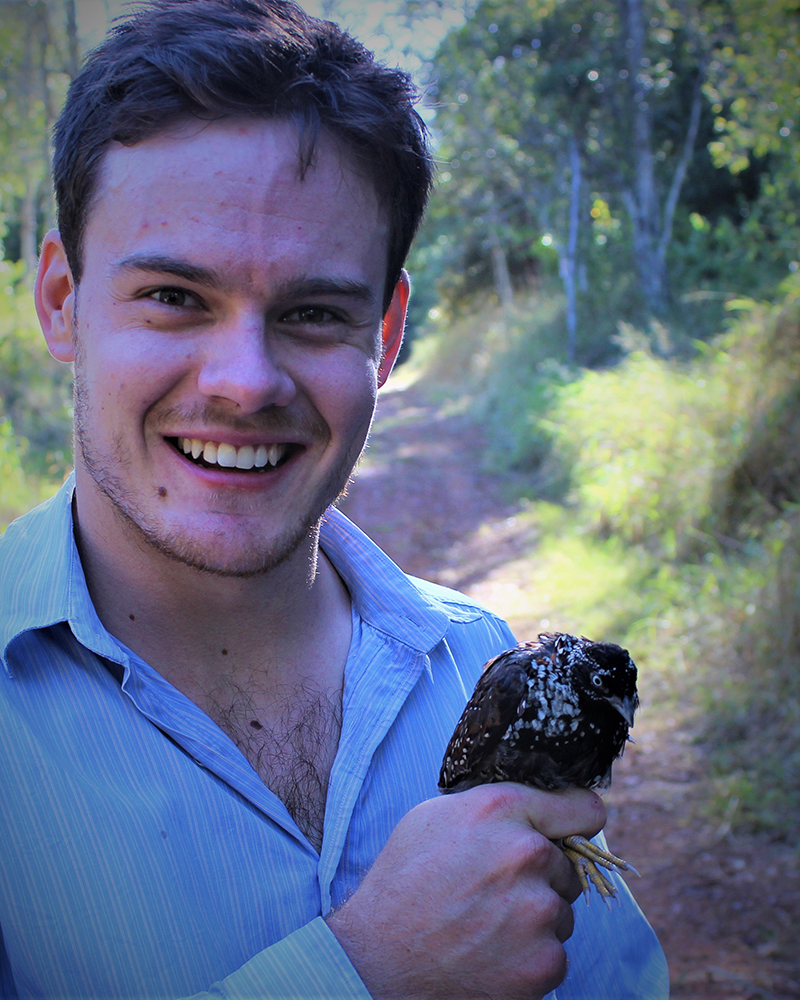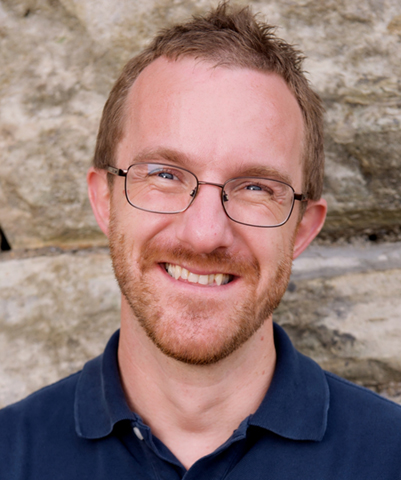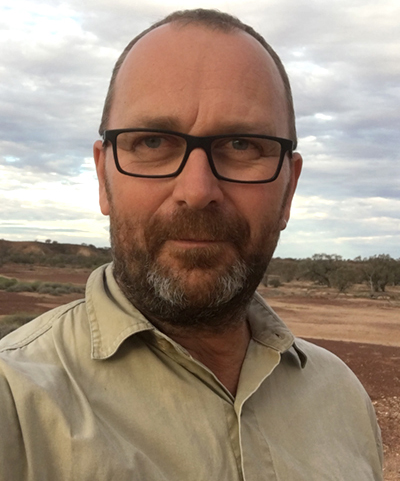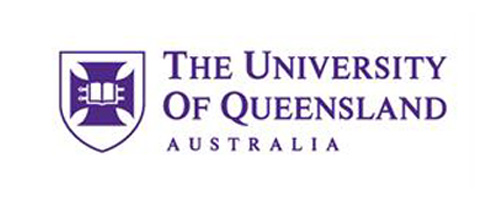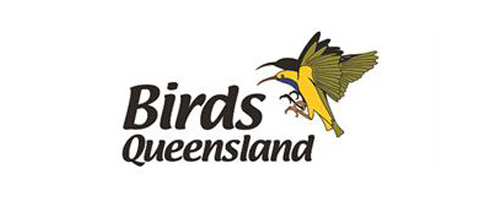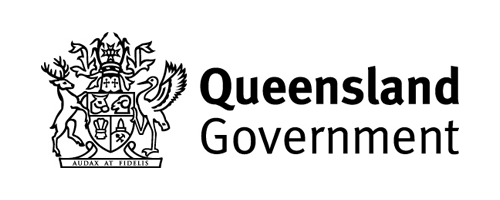
Project: 2.6
Essential research to secure the buff-breasted button quail
Project Leaders: James Watson , Patrick Webster
Research in Brief
The buff-breasted button quail is arguably the most poorly known of all Australian birds. The species is currently listed as Endangered under the EPBC Act with a population estimate of as few as 500 birds.
The species has never been the subject of systematic field-based research, and almost nothing is known of its ecology, status, distribution or threats. This has been identified as the major gap in active management of the species by Queensland and federal government recovery teams.
This project will aim to fill these knowledge gaps and collect vital information for the development of conservation strategies to support the species. 
 Buff-breasted button quail habitat near Coen, Cape York, Queensland. Photo: Patrick Webster
Buff-breasted button quail habitat near Coen, Cape York, Queensland. Photo: Patrick Webster
Why is the research needed?
The buff-breasted button quail (Turnix olivii) has never been the focus of ecological or conservation research, and its (potential) extreme rarity means almost nothing is known of its basic biology, such as habitat use, breeding and diet, population trends or what is actually threatening the species.
Despite its status, there are no formal conservation actions underway to secure the species, due largely to these fundamental knowledge gaps. This project aims to solve this issue by addressing the deficiencies in ecological knowledge that impede effective, evidence-based conservation of the species.
How can the research help?
This project aims to improve our currently limited understanding of the buff-breasted button quail, by providing data on the species’ basic ecology, status and distribution and threatening processes.
A major impediment to studying this cryptic species has been locating and identifying populations. Determining a method for detecting and surveying the buttonquail will be the focus of initial research, and the basis of future work.
Once a method for locating the species is identified research will shift to answering questions on the species’ abundance, distribution, habitat use, seasonal movements, environmental influences and breeding biology. This will enable a more informed understanding of the species and ultimately a more accurate understanding of its status.
Throughout this project particular attention will be focused on identifying which threatening processes are impacting on this species. The threats that have apparently resulted in this species’ extreme rarity are not definitively known. Improving our understanding of any threatening processes will ultimately support evidence-based conservation decisions and management actions for the species.
 Wetherby buff-breasted button quail habitat. Photo: Patrick Webster.
Wetherby buff-breasted button quail habitat. Photo: Patrick Webster.
What research activities are being undertaken?
This project will require some desktop research, but will largely focus on field-based research. The proposed research program consists of five components:
- Mapping and verifying existing (historic and current) records: All past records will be collated and reviewed, and where possible additional data will be gathered. This will be used to assess current knowledge of the species, its distribution and status and potential threats. This activity will clarify the scope and extent of any knowledge gaps, and be used to inform the ongoing research program.
- Developing a method for detecting and surveying the species: Currently there is no known method for reliably detecting the species other than field surveys by highly experienced naturalists. A reliable detection method is a critical gap in our ability to assess the status of the species. To rectify this a number of techniques will be trialled and refined to produce a technique that can be used to detect the species and potentially also assess population trends.
- Determining habitat use and seasonal movements using radio telemetry and GPS: This component will focus on determining the habitat use and movements of the species. A combination of tracking devices will be used to provide data on habitat use at the site and landscape scale as well as determining any seasonal movements.
- Creating a predictive GIS layer of the quail’s distribution: The data collated from the past records in addition to the data gained through the tracking study will be used to develop an occupancy model for the species based on habitat preference and seasonal movement. This model will be the basis for developing GIS tools that can predict the species’ distribution and status.
- Breeding biology: Data on breeding biology will be collected during field work. Basic data will be collected including seasonality, nest construction, behaviours and threats.
Who is involved?
This project is a collaboration between researchers at The University of Queensland, James Cook University, Australian Wildlife Conservancy and Bush Heritage Australia.
 Buff-breasted button quail (Turnix olivii) specimen. Photo: G. Smith
Buff-breasted button quail (Turnix olivii) specimen. Photo: G. Smith
Where is the research happening?
This research will occur throughout northern Queensland. The focus will initially be on the known population of buff-breasted button quail in the Mareeba/Mt Mulligan region, but this will expand to include the Australian Wildlife Conservancy’s Brooklyn Sanctuary and Bush Heritage Australia’s Yourka Reserve as the search for further populations develops.
When is the research happening?
The project will run for three years from 2018 to 2021.
Further Information
For more information please contact:
Patrick Webster - p.webster.94@outlook.com
James Watson - james.watson@uq.edu.au
Top image: Buff-breasted button quail habitat. Photo: Patrick Webster

